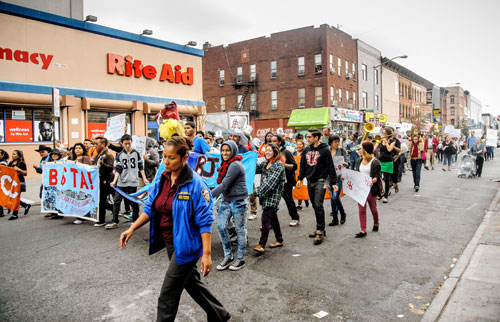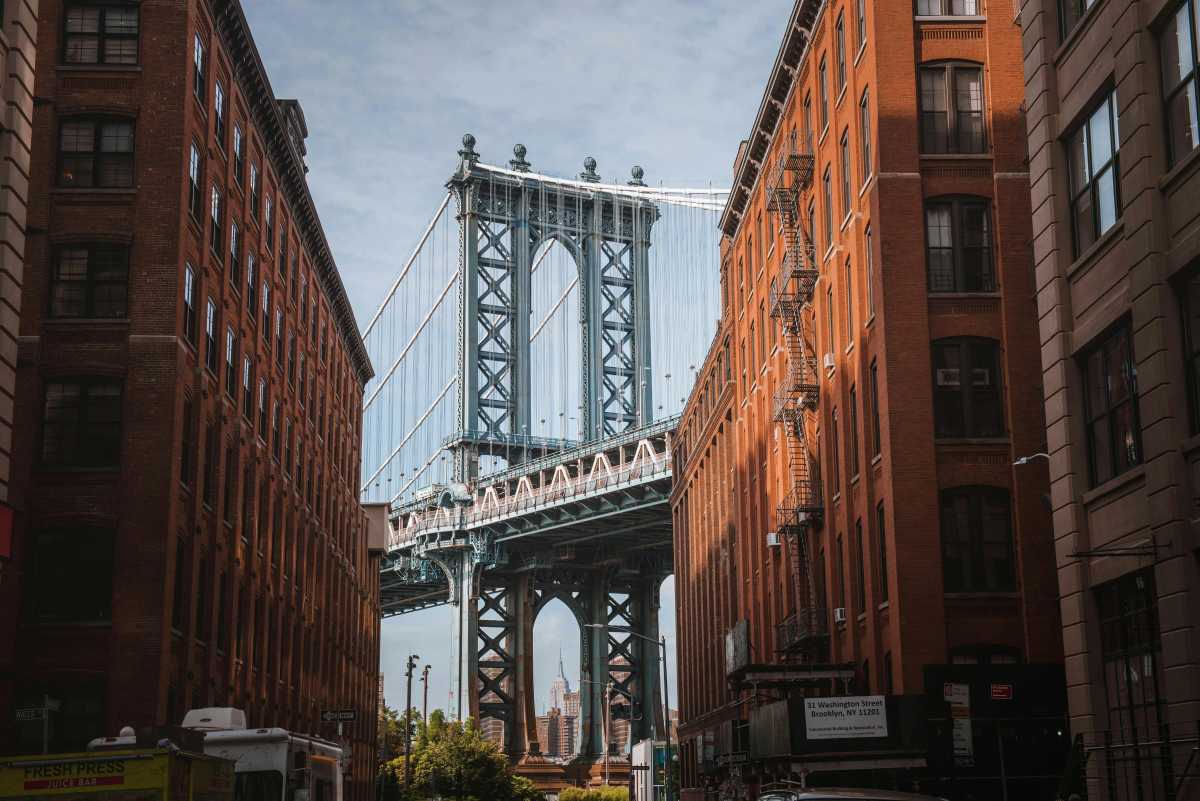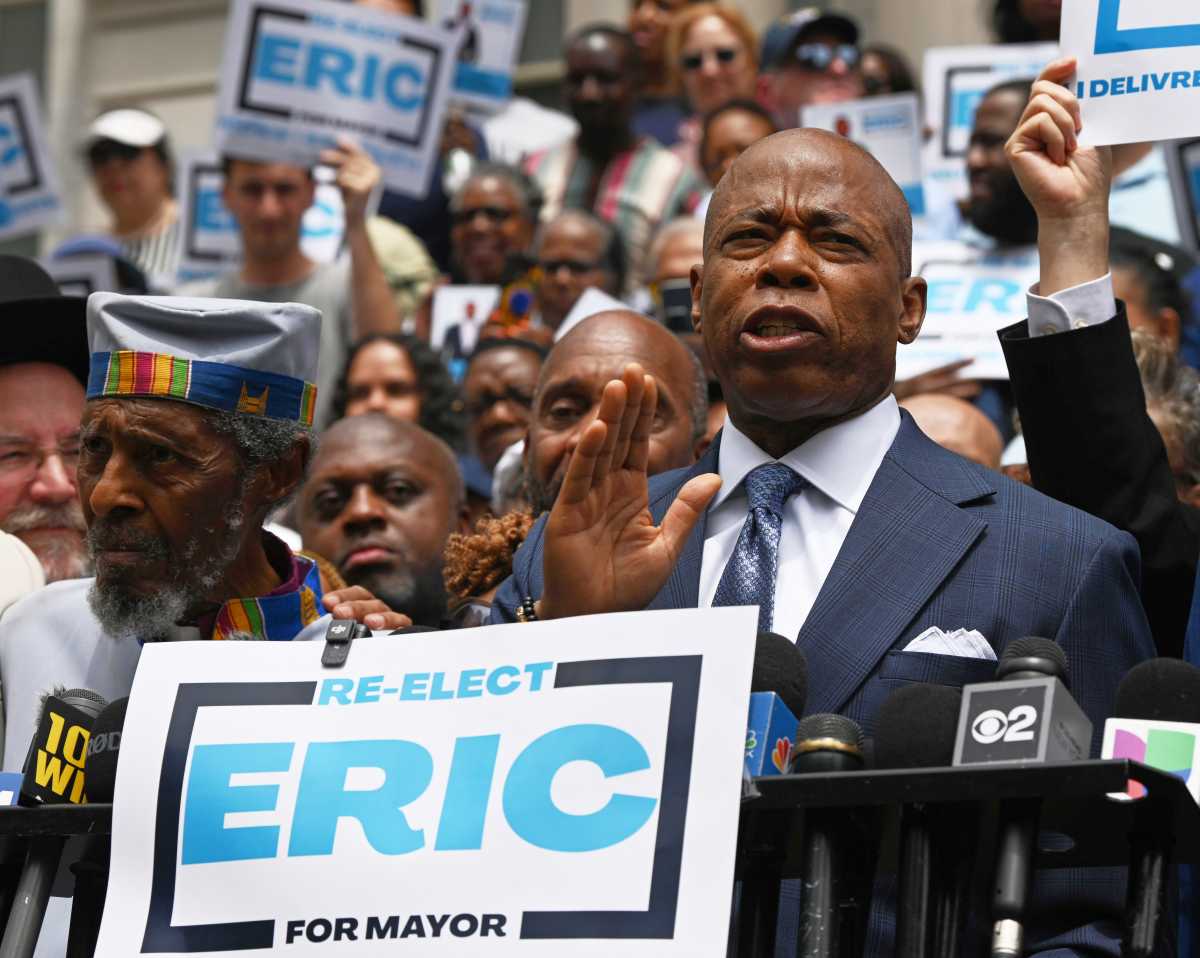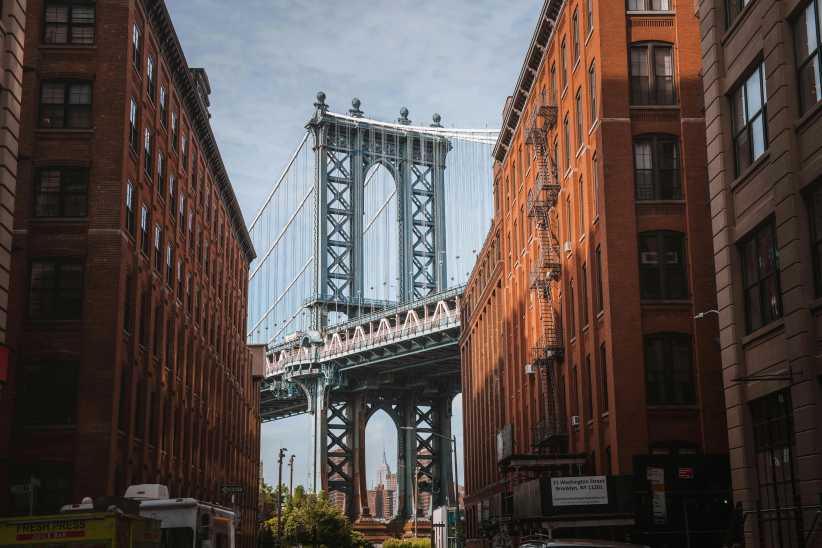Mayor DeBlasio’s newly revised plan for creating more affordable housing still won’t help Bushwick’s poorest residents stay in their neighborhood, say locals.
Council members are set to approve Hizzoner’s so-called “mandatory inclusionary housing” proposal — which would require developers create below-market-rate housing when building on rezoned land — after cutting a deal that would open up that housing up to households earning around $31,000 a year, down from $46,000. But denizens of the rapidly gentrifying nabe say that still isn’t low enough to help those who are most at risk of displacement.
“The Bushwick community in need is still in need,” said local activist Brigette Blood. “While [the new plan] is more reflective of Bushwick’s need, our most vulnerable populations and families will not benefit from this proposal.”
The original plan would have given developers the option of setting aside 25 percent of their buildings for three-person households earning around $46,000 a year, or 30 percent for those earning either $62,000 or $93,000. The new deal adds a fourth option that will allow 20 percent of units be set aside for those earning roughly $31,000. Rent on those would be around $775 a month for a two-bedroom unit.
The median income in Bushwick is currently $36,561 — well below the city-wide median of $77,700 — but that figure is inflated thanks to the recent influx of wealthier new residents, said Blood, and doesn’t represent what many long-time resident make.
“Our ‘need’ and local averages have been disproportionately impacted by gentrification and population influx,” she said.
The scheme could have a huge effect on Bushwick if the city opts to rezone the entire neighborhood as it is doing in East New York, as local Council members are predicting.
Bushwick’s community board approved the original plan 17–11 last year — even though most other Brooklyn boards and the Borough Board rejected it — on the condition the city alter it to include those in lower income brackets. But some members of the panel agree the revised version still doesn’t go far enough.
“This is not for us,” said Community Board 4 member Robert Camacho, who earns $19,200 a year. “It’s not enough.”
One local Council member said he anticipated his constituents’ disappointment with the concessions, but insisted he and other officials pushed the city to lower the income bracket as low as they could.
“I believe there will still be frustration with the plan and desires to see even deeper levels of affordability, but the Council did everything it can do,” said Councilman Rafael Espinal (D–Bushwick), who represents part of the neighborhood, while Councilman Antonio Reynoso (D–Bushwick) represents the rest.
The Council’s land-use committee already passed the plan 15–2 with one abstention last week — of Brooklyn’s reps, Steve Levin (D–Williamsburg), Brad Lander (D–Park Slope), David Greenfield (D–Borough Park), Vincent Gentile (D–Bay Ridge), and Mark Treyger (D–Coney Island) all gave their okay. Jumaane Williams (D–Flatbush) and Innez Barron (D–East New York) were the dissenters, both saying it doesn’t do enough to include lower-income residents. The full Council will vote on the revised plan this week.
























